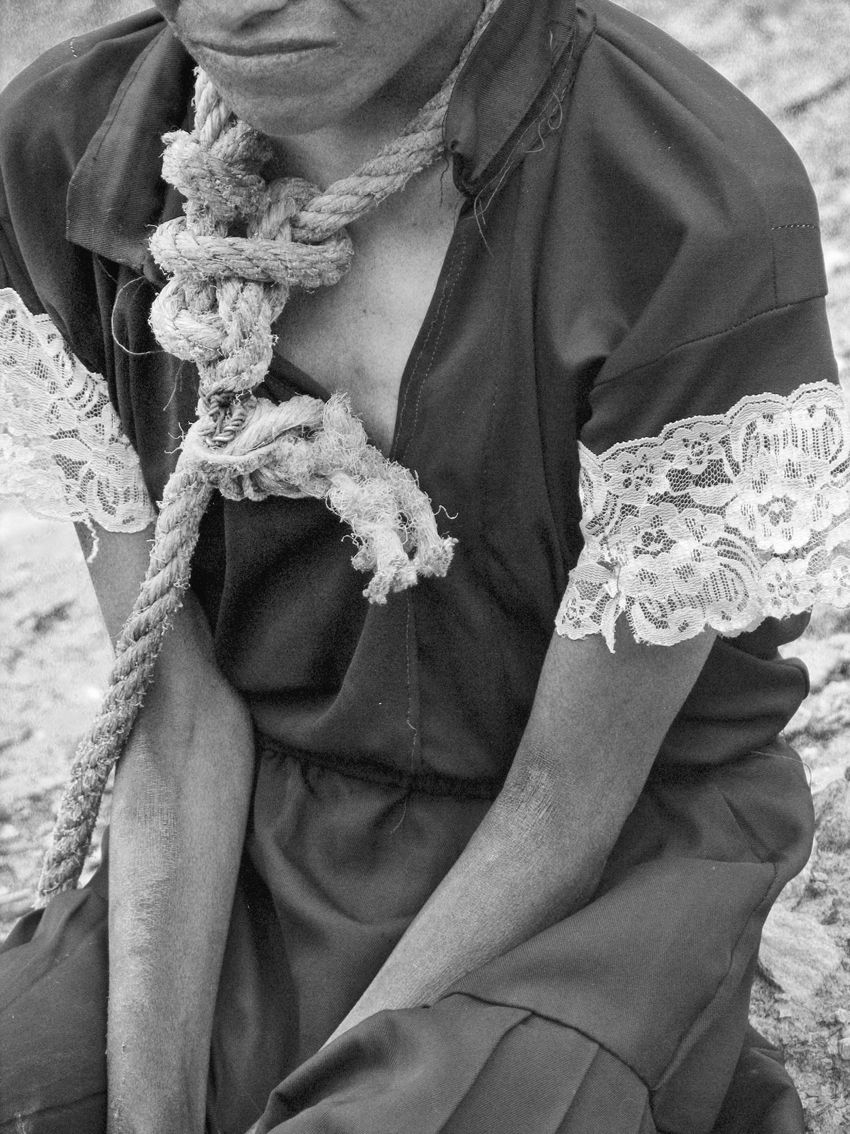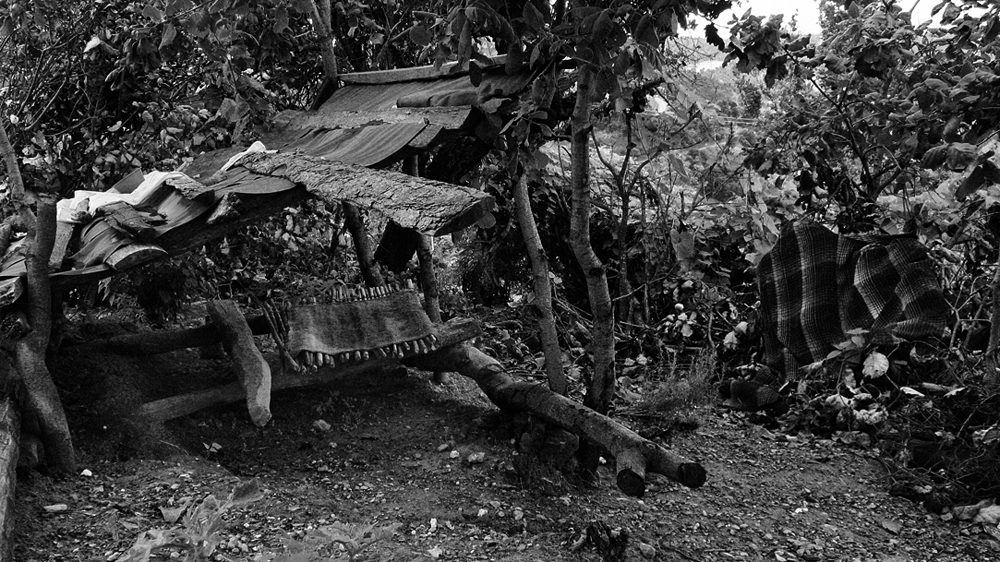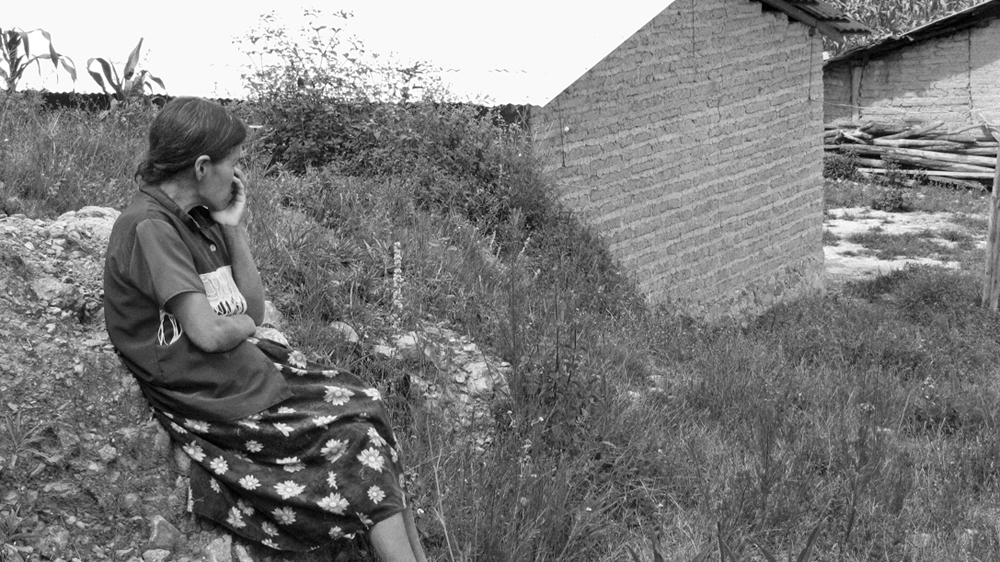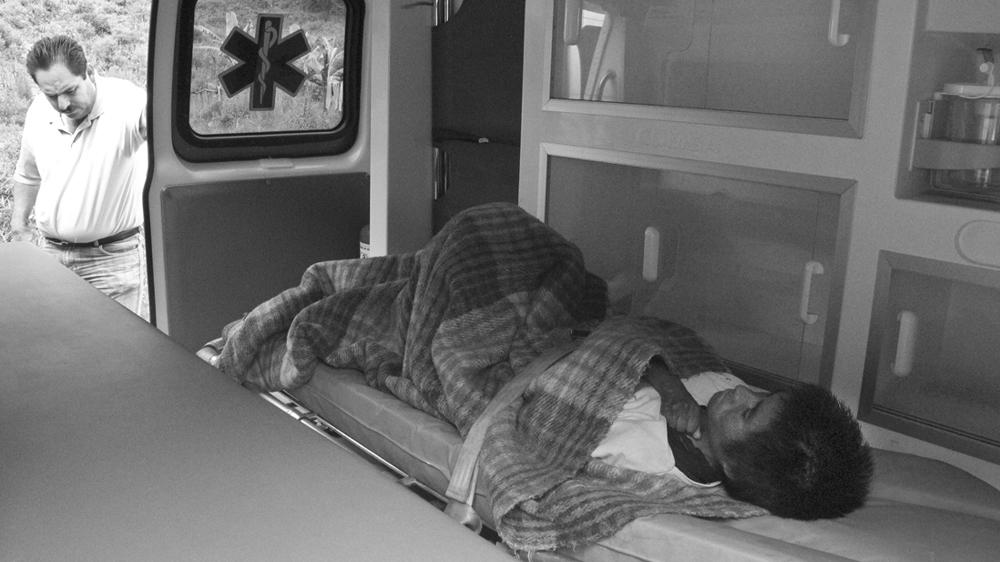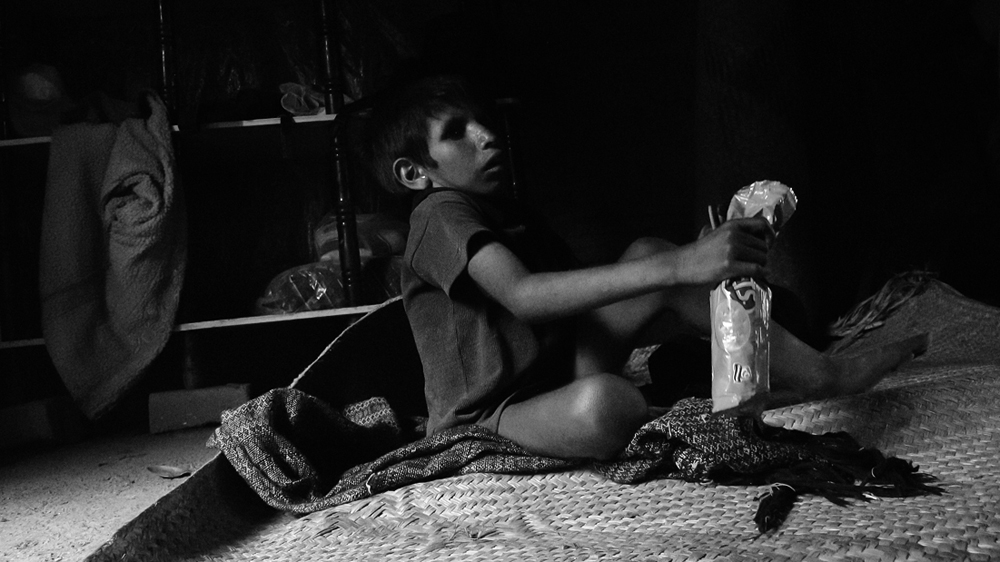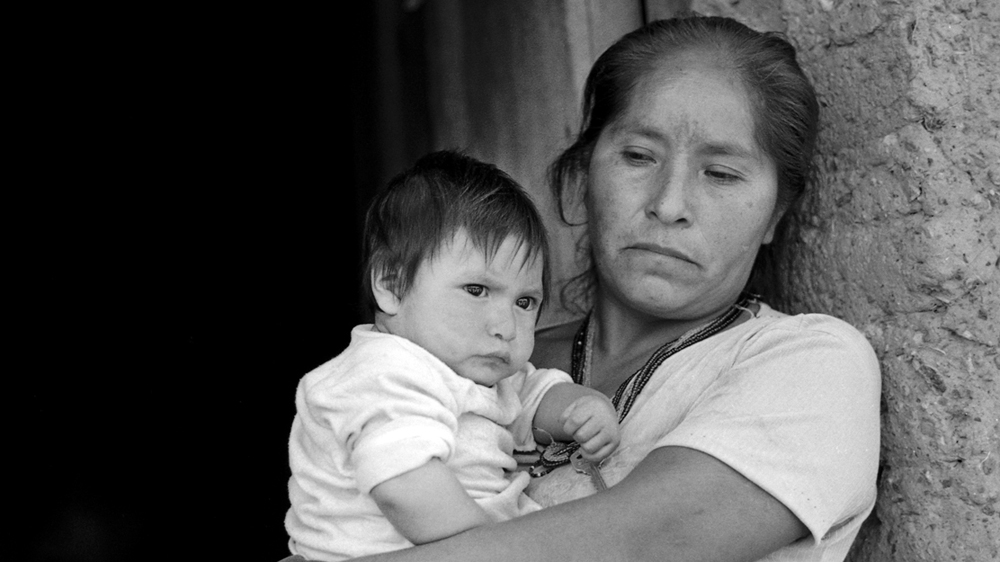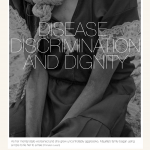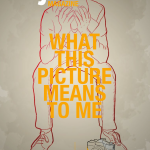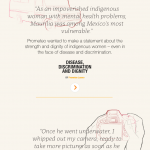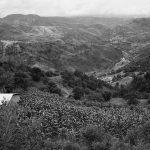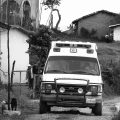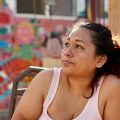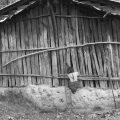Maurilia wasn’t strong enough to walk. When she spoke it was in a disjointed combination of Spanish and Tu’un Savi, one of the languages of the indigenous Mixtec people. She bit constantly at her fingers and seemed to have lost all sense of time and space.
But it wasn’t always like this. Maurilia had been born on November 12, 1982, and had studied until middle school. After that she had helped her mother and brother on the land.
Then, in 2002, at the age of 19, she began experiencing severe headaches and started to cough up blood. The hallucinations and loss of appetite came a little later. The following year, her health deteriorated further still. But with the nearest hospital at least a four-hour drive away, and no health services available within her community, Maurilia didn’t see a doctor.
Her village, Costilla del Cerro, is located between mountain ranges in the southern state of Guerrero. The region, known as ‘La Montaña’, is home to some of the poorest municipalities in all of Mexico and, according to a Human Development Index issued by the United Nations in 2009, the living conditions there are comparable to those in some sub-Saharan African nations. Most residents live off a harvest of beans, corn, chili and quelite, plants that are eaten for their leaves. Others emigrate to work in the fertile fields of the north or to try their luck in the US.
Maurilia’s mother tried all she could to help her daughter, even selling a plot of land in the hope of raising some money for medicine, while her brother, a migrant day labourer in the north of the country, made barely enough to survive.
But, with no money to pay for healthcare, Maurilia’s mental state deteriorated. She grew so aggressive that her family reluctantly began restraining her with a rope tied around her neck. Like this, she would spend her days walking around a tree or sitting on the floor. By night or when it rained, she would shelter beneath a loft made from branches.
That was how a team from the Tlachinollan Human Rights Center found her when they arrived in the village in 2008. I had come along with them and, although I’d been warned about Maurilia’s aggression, what I saw in her was sadness, thirst and exhaustion.
I tried to talk to her as a psychologist, lawyer and translator from our team spoke to her mother. I was reminded of the anger I’d felt as a child upon witnessing images of starving, disease-ridden Somali refugees in a photographic yearbook I’d been given as a gift. I never imagined I’d see something so similar in my own country, and I felt frozen with shock.
But Maurilia wasn’t the only resident of her village who displayed the disturbing symptoms of some undiagnosed illness. Agustín was 11 but had the body of a six-year-old. He was intolerant to sunlight and could only speak in individual syllables. His cousins displayed similar symptoms and his aunt said almost all of the children in the village had the same dark spots on their faces that had preceded the onset of illness in the others. Locals referred to it as mal de ojo or mal de luna, popular ways of explaining an unknown disease.
I questioned what I was doing there and wondered whether it wasn’t disrespectful to take pictures of people in such a plight. Could my camera help them in any way, or would it merely fuel some kind of morbid curiosity? I felt conflicted. But I had to make a decision quickly. So I picked up my camera and took the photographs.
But I wanted to preserve their honour and to show their strength. I wanted their stories to serve as an example of the consequences of Mexico’s public health policies and as an illustration of the depths of discrimination. Maurilia’s tale perfectly highlights that: as an impoverished indigenous woman with mental health problems she was among the country’s most vulnerable.
Alarmed by her condition, the human rights workers arranged for Maurilia to be transported to a hospital in the nearest city. When the ambulance arrived to collect her, the local children were so amazed by the sight of the vehicle that they ran out of their school to get a better look.
I do not know what happened to her after that – and even whether she is still alive. I tried to return to the village by myself two years later, but the person who had originally guided us there had been killed. And in this lawless part of the country where kidnappings are frequent, it was too dangerous to venture there alone. I’ve heard rumours that Maurilia has died and Agustín is no longer able to walk. But I cannot confirm these.
The images I took that day were first shown to the public in November 2011, as part of an exhibition by the Mexican office of Amnesty International, with the permission of the Tlachinollan Human Rights Center. Like the photographers Ricardo Ramirez Arriola, Karla Hernández and Enrique Carrasco, whose work was also featured, I wanted to make a statement about the strength and dignity of indigenous women. And there is no other context in which I would want these images to be seen.
Photogallery
As her mental state worsened and she grew uncontrollably aggressive, Maurilia’s family began tying her to a tree [Prometeo Lucero]
Costilla del Cerro is at least a four hour drive away from the nearest city and hospital [Prometeo Lucero]
A girl peeks into the kitchen of Maurilia’s home [Prometeo Lucero]
The shelter under which Maurilia sleeps [Prometeo Lucero]
Villagers watch as an ambulance comes to take Maurilia to hospital. For some, it was the first time they’d seen such a vehicle [Prometeo Lucero]
Maurilia’s mother watches as an ambulance arrives for her daughter [Prometeo Lucero]
Maurilia is placed on a stretcher in the ambulance [Prometeo Lucero]
Maurilia’s mother looks through the window of the ambulance [Prometeo Lucero]
Eleven-year-old Agustín suffers from stunted growth [Prometeo Lucero]
Children sit on a step. Agustín, left, and his cousin, on the right, are unable to walk or talk and are highly sensitive to sunlight [Prometeo Lucero]
A woman carries her son, who has markings on his face. She is concerned that he will develop the same symptoms as other children in the village [Prometeo Lucero]
Tlapa is home to the only hospital in the region. It is not unusual for women and children to sleep on the floor as they wait to be seen, and even though it is a public hospital, patients say they are often asked to pay [Prometeo Lucero]
La publicación digital de Al Jazeera Magazine publica la historia de Maurilia en la edición «What this picture means to me« (abril de 2015).
La publicación interactiva puede leerse a través de iPad [Descarga]
Actualización, 23 de octubre de 2015:
La historia puede consultarse ya directamente en el sitio web de Al Jazeera.
